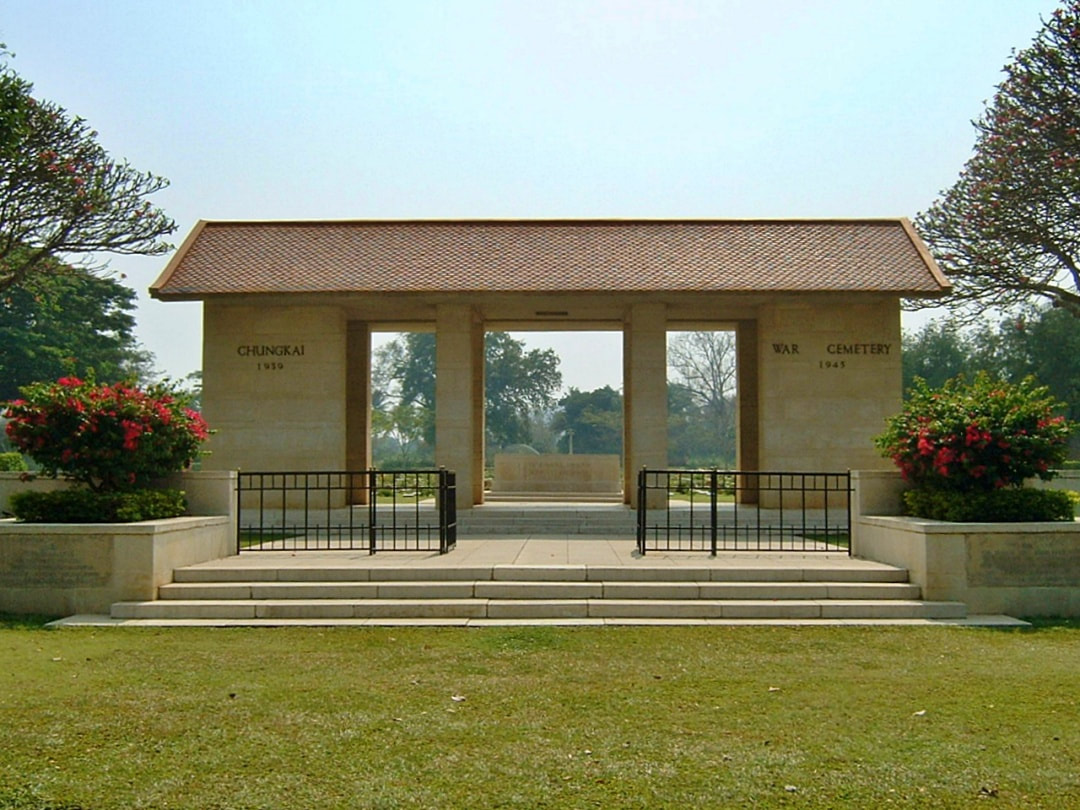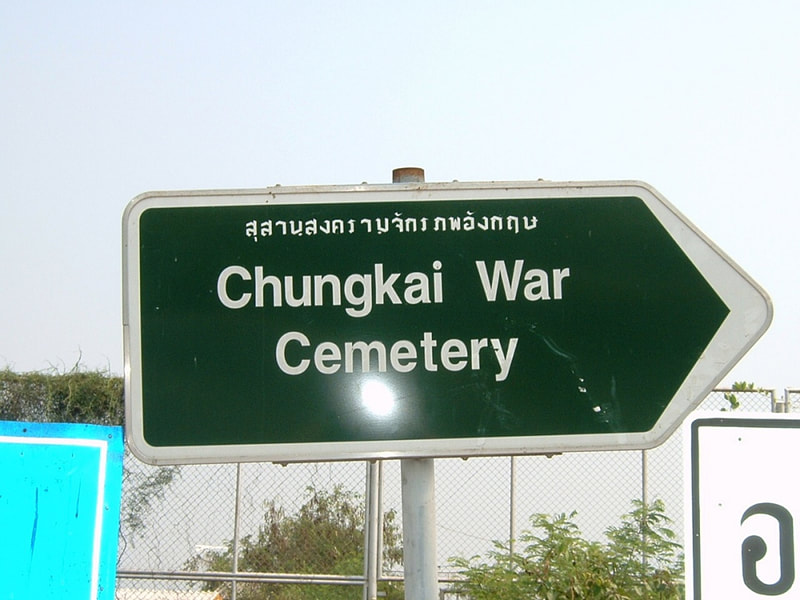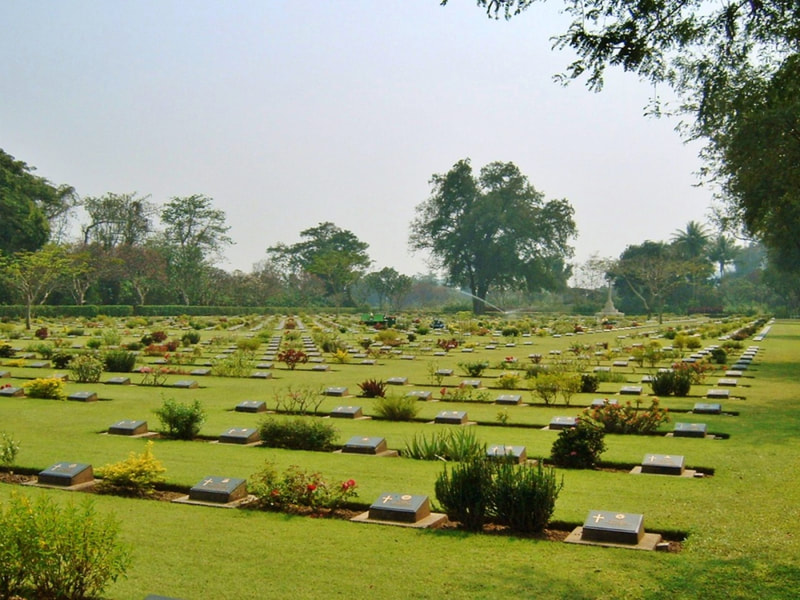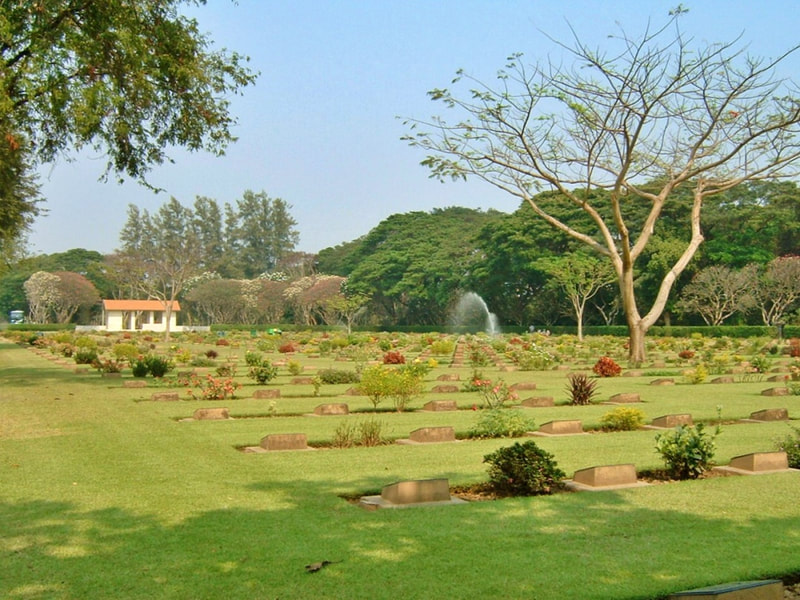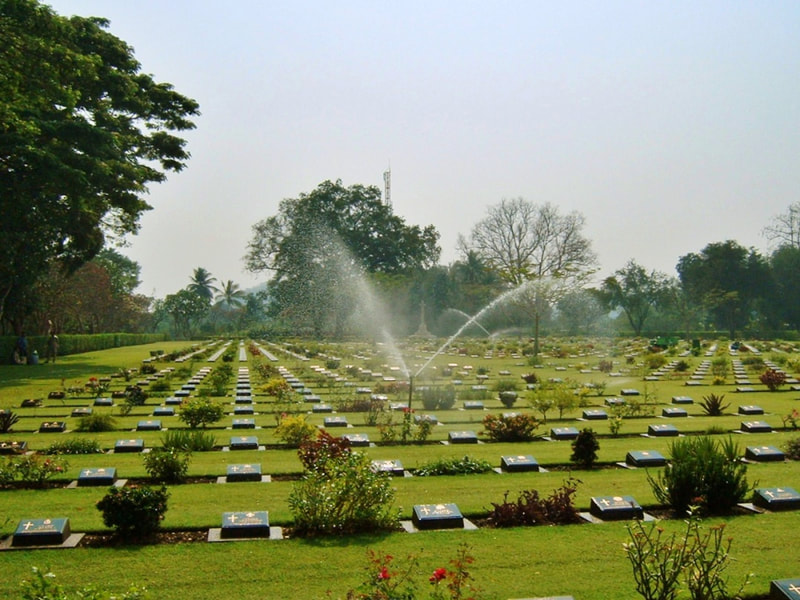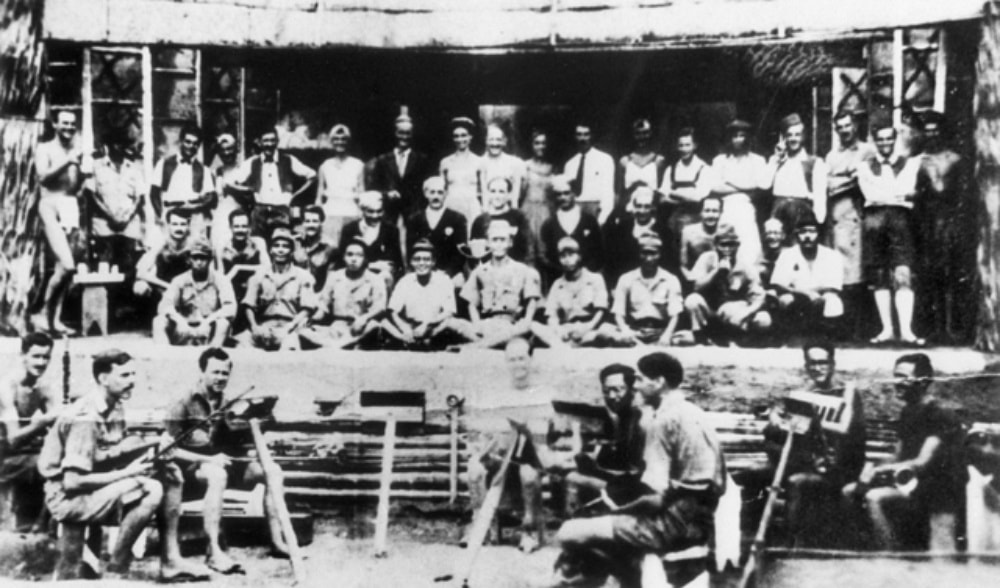CHUNGKAI WAR CEMETERY
Kanchanaburi
Thailand
GPS Coordinates: Latitude: 14.00583, Longitude: 99.51513
Location Information
Chungkai War Cemetery is located just outside the town of Kanchanaburi, which is 129 kilometres north-west of Bangkok, at the point where the river Kwai divides into two separate rivers; the Mae Khlong River and Kwai Noi River. The town is best reached by road along the National Highway which runs north from Bangkok. There is a bus and train service from Bangkok.
Chungkai War Cemetery is approximately 5 kilometres west of Kanchanaburi and can be reached by road over the narrow Sudjai Bridge, by ferry crossing at the junction of the two rivers, or by any of the many river boats.
The war cemetery can be located on city maps available at the tourist office or at larger hotels and is also signposted from Kanchanaburi War Cemetery, which is within the town of Kanchanaburi.
The Manager responsible for the cemetery can be contacted at Kanchanaburi War Cemetery.
Visiting Information
Chungkai War Cemetery is open at all times. Wheelchair access to this cemetery is possible via the ramped service entrance to the left of the main entrance.
Historical Information
The notorious Burma-Siam railway, built by Commonwealth, Dutch and American prisoners of war, was a Japanese project driven by the need for improved communications to support the large Japanese army in Burma. During its construction, approximately 13,000 prisoners of war died and were buried along the railway. An estimated 80,000 to 100,000 civilians also died in the course of the project, chiefly forced labour brought from Malaya and the Dutch East Indies or conscripted in Siam (Thailand) and Burma (Myanmar).
Two labour forces, one based in Siam and the other in Burma, worked from opposite ends of the line towards the centre. The Japanese aimed at completing the railway in 14 months and work began in October 1942. The line, 424 kilometres long, was completed by December 1943.
The graves of those who died during the construction and maintenance of the Burma-Siam railway (except for the Americans, whose remains were repatriated) were transferred from camp burial grounds and isolated sites along the railway into three cemeteries at Chungkai and Kanchanaburi in Thailand and Thanbyuzayat in Myanmar.
Chungkai was one of the base camps on the railway and contained a hospital and church built by Allied prisoners of war. The war cemetery is the original burial ground started by the prisoners themselves, and the burials are mostly of men who died at the hospital.
There are now 1,426 Commonwealth and 313 Dutch burials of the Second World War in this cemetery.
Total Burials: 1,739.
World War Two Identified Casualties: United Kingdom 1,371, The Netherlands 313, India 6. Total 1,690.
Commonwealth Unidentified Casualties: 49.
The cemetery was designed by Colin St Clair Oakes.

633816 Aircraftman 1st Class
Ronald Charles Adley
Royal Air Force
1st August 1943, aged 21.
Plot 8. H. 5.
Son of Charles and Minnie Gertrude Adley, of Dover; husband of Phyllis Eileen Adley, of Dover.
His headstone bears the inscription "Always Faithful, Good And Kind A Beautiful Memory Left Behind"
Ronald Charles Adley
Royal Air Force
1st August 1943, aged 21.
Plot 8. H. 5.
Son of Charles and Minnie Gertrude Adley, of Dover; husband of Phyllis Eileen Adley, of Dover.
His headstone bears the inscription "Always Faithful, Good And Kind A Beautiful Memory Left Behind"
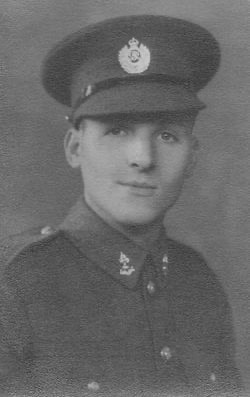
1871935 Sapper
Leonard Joseph Bury
33 Fortress Company, Royal Engineers
19th August 1943, aged 30.
Plot 5. N. 6.
Leonard Joseph Bury
33 Fortress Company, Royal Engineers
19th August 1943, aged 30.
Plot 5. N. 6.

5830661 Private
Arthur Marsh
2nd Bn. Cambridgeshire Regiment
22nd January 1943, aged 24.
Plot 12. G. 5.
Arthur Marsh
2nd Bn. Cambridgeshire Regiment
22nd January 1943, aged 24.
Plot 12. G. 5.

802731 Warrant Officer Class II
Walter Mayo
7 Coast Regiment, Royal Artillery
9th September 1943, aged 33.
Plot 4. C. 10.
Son of Richard Hern Mayo and Laura May Mayo; husband of Irene R. I. Mayo (nee Simmonds), of Maida Hill, London.
His headstone bears the inscription "In Proud And Precious Memory Of My Dear Husband, Sadly Missed. Iris"
Walter was a Warrant Officer Class II (BSM) with the Royal Artillery, 7th Coast Regiment, Service No. 802731. He was posted to Singapore at Fort Siloso and married Irene Ruth Isabel Simmonds (Iris)on the 25th October 1941 in the Cathedral of the Good Shepherd.
On the 8th December 1941, the Japanese invaded the North of Malaya. Walter was on duty at Fort Siloso when, at 4.05AM, Singapore was bombed. On the 30th January 1942, after the Japanese army had reached Johore and the Allies had retreated across the Johore Strait into "Fortress Singapore", Walter saw Iris aboard the Canadian Pacific Liner DUCHESS OF BEDFORD at 1PM. He left her at 4.30PM for the last time as he had to be on duty at the fort. The ship sailed the next day, the 31st January, at 3PM while Singapore burned from an all-day raid. Walter had made three more attempts to see Iris but had failed.
He became a prisoner of war on the 15th February 1942 and was sent to Thailand to work on the Thai / Burma Railway. Who knows how many times he wrote to Iris while in captivity but she only received one card, written on the 20th June 1942. The message was brief, "I am fit and well. Love and best wishes to all". Iris, now in London, received the card over a year later.
Walter was with D Force and worked around the camps Tarsao, Kanyu and Hintok. Kanyu became known as Hellfire Pass. Walter was among many who were starved and overworked. Towards the end of August 1943, he became too ill to work and was taken by barge downriver to Chungkai, the hospital camp. On the 9th September 1943 Walter died at the age of 33, just over a month before work on the 'Death Railway' finished. The cause of death was officially given as Avitaminosis (Lack of Vitamins). The Japanese held a ceremony on the 25th October 1943, Walter's second wedding anniversary, to mark the completed construction afterwhich the work became lighter and other hospitals were set up in which the prisoners could start to recover. If only Walter had held on for another 6 weeks, he might have survived the war.
Graves like Walter's, marked by a cross, lined the Railway where the Prisoners of War worked and died. Walter is amongst those who were found. Many hundreds of burial sites were lost to the fast growing jungle. Walter now lies in Chungkai War Cemetery, Kanchanaburi in Thailand.
Walter Mayo
7 Coast Regiment, Royal Artillery
9th September 1943, aged 33.
Plot 4. C. 10.
Son of Richard Hern Mayo and Laura May Mayo; husband of Irene R. I. Mayo (nee Simmonds), of Maida Hill, London.
His headstone bears the inscription "In Proud And Precious Memory Of My Dear Husband, Sadly Missed. Iris"
Walter was a Warrant Officer Class II (BSM) with the Royal Artillery, 7th Coast Regiment, Service No. 802731. He was posted to Singapore at Fort Siloso and married Irene Ruth Isabel Simmonds (Iris)on the 25th October 1941 in the Cathedral of the Good Shepherd.
On the 8th December 1941, the Japanese invaded the North of Malaya. Walter was on duty at Fort Siloso when, at 4.05AM, Singapore was bombed. On the 30th January 1942, after the Japanese army had reached Johore and the Allies had retreated across the Johore Strait into "Fortress Singapore", Walter saw Iris aboard the Canadian Pacific Liner DUCHESS OF BEDFORD at 1PM. He left her at 4.30PM for the last time as he had to be on duty at the fort. The ship sailed the next day, the 31st January, at 3PM while Singapore burned from an all-day raid. Walter had made three more attempts to see Iris but had failed.
He became a prisoner of war on the 15th February 1942 and was sent to Thailand to work on the Thai / Burma Railway. Who knows how many times he wrote to Iris while in captivity but she only received one card, written on the 20th June 1942. The message was brief, "I am fit and well. Love and best wishes to all". Iris, now in London, received the card over a year later.
Walter was with D Force and worked around the camps Tarsao, Kanyu and Hintok. Kanyu became known as Hellfire Pass. Walter was among many who were starved and overworked. Towards the end of August 1943, he became too ill to work and was taken by barge downriver to Chungkai, the hospital camp. On the 9th September 1943 Walter died at the age of 33, just over a month before work on the 'Death Railway' finished. The cause of death was officially given as Avitaminosis (Lack of Vitamins). The Japanese held a ceremony on the 25th October 1943, Walter's second wedding anniversary, to mark the completed construction afterwhich the work became lighter and other hospitals were set up in which the prisoners could start to recover. If only Walter had held on for another 6 weeks, he might have survived the war.
Graves like Walter's, marked by a cross, lined the Railway where the Prisoners of War worked and died. Walter is amongst those who were found. Many hundreds of burial sites were lost to the fast growing jungle. Walter now lies in Chungkai War Cemetery, Kanchanaburi in Thailand.
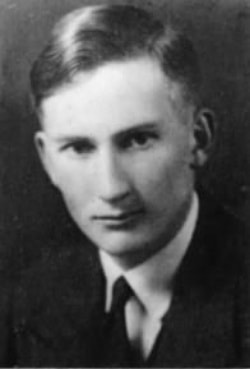
56620 Captain
Thomas Wilfred Nash
Royal Engineers, attached to 42 Field Company, Royal Bombay Sappers and Miners"
1st August 1943, aged 30.
Plot 9. H. 15.
Son of Comdr. John Wilfred Nash and Edith May Elizabeth Nash, of Sherborne, Dorsetshire. B.A. (2nd Class Mechanical Science Tripos); Peterhouse, Cambridge.
His headstone bears the inscription "Loved Third Son Of Commander And Mrs. Nash. May He Rest In Peace And Rise In Glory"
Thomas Wilfred Nash
Royal Engineers, attached to 42 Field Company, Royal Bombay Sappers and Miners"
1st August 1943, aged 30.
Plot 9. H. 15.
Son of Comdr. John Wilfred Nash and Edith May Elizabeth Nash, of Sherborne, Dorsetshire. B.A. (2nd Class Mechanical Science Tripos); Peterhouse, Cambridge.
His headstone bears the inscription "Loved Third Son Of Commander And Mrs. Nash. May He Rest In Peace And Rise In Glory"
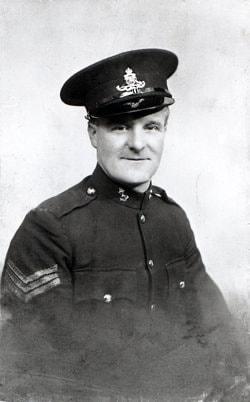
3439210 Gunner
Thomas Arthur Smith
85 Anti-Tank Regiment, Royal Artillery
30th May 1944, aged 38.
Plot 3. B. 8.
Thomas Arthur Smith
85 Anti-Tank Regiment, Royal Artillery
30th May 1944, aged 38.
Plot 3. B. 8.

